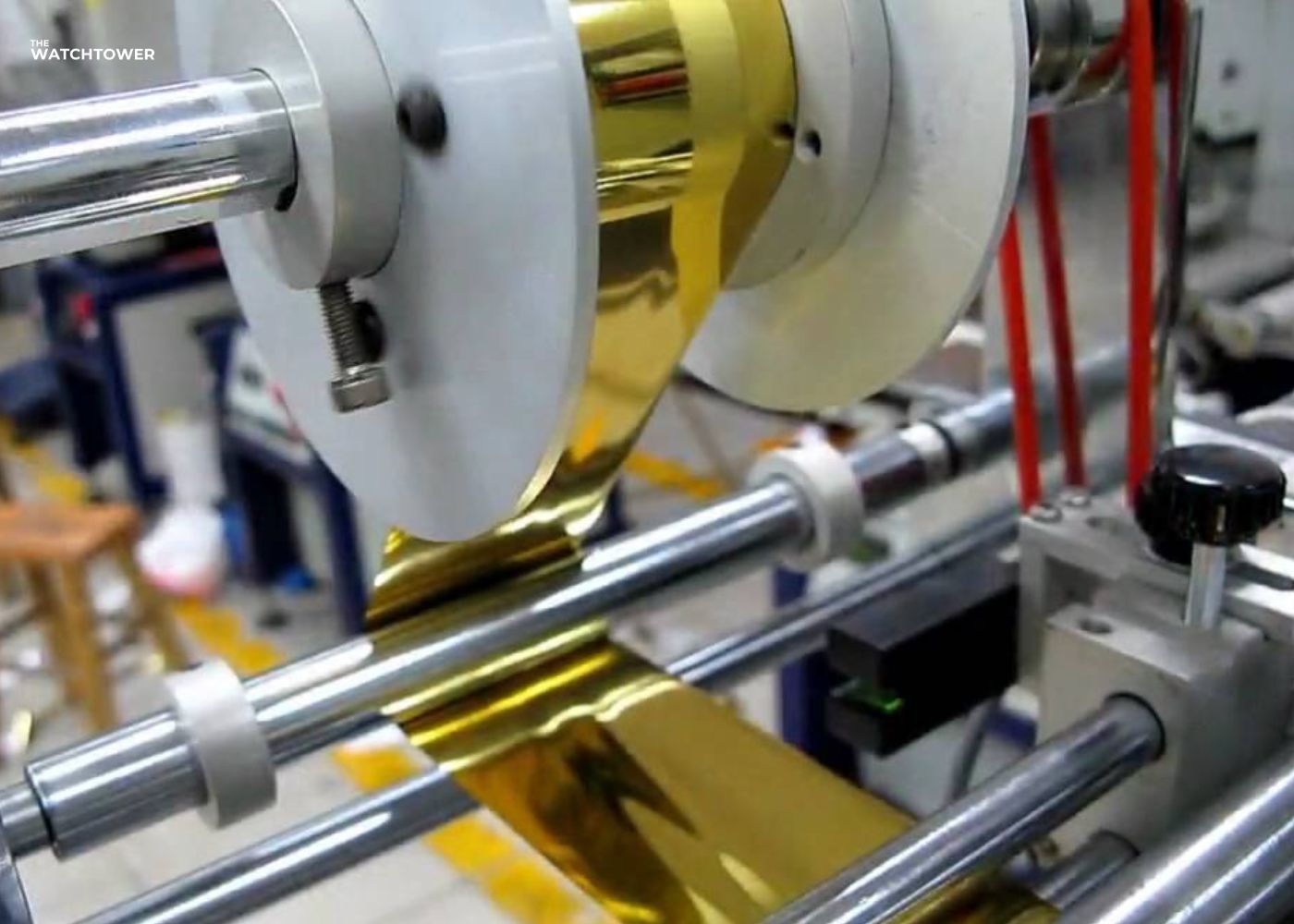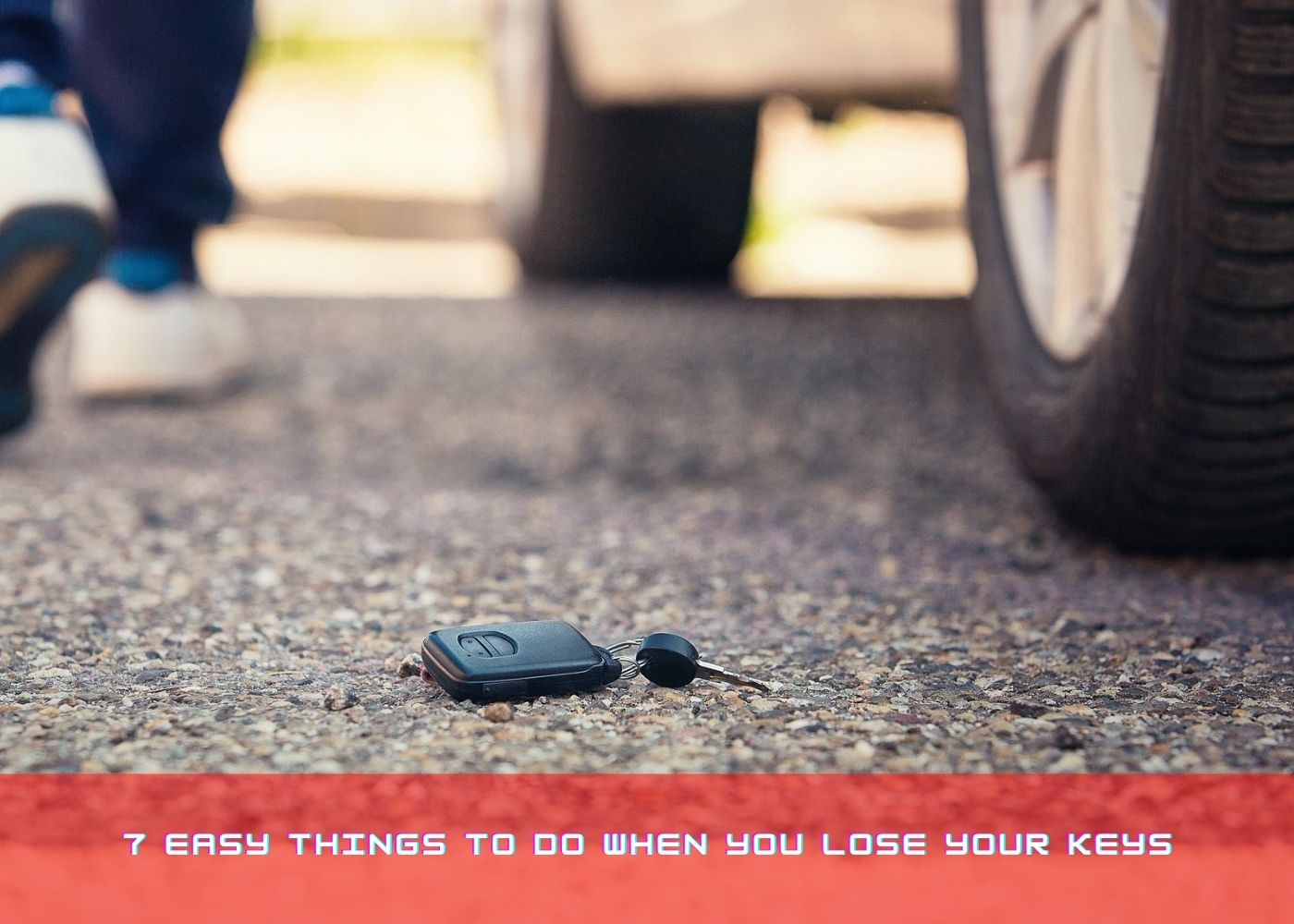
For those who already drive, and perhaps, already possess a driver’s license; you may wonder if there is still anything anyone or any article can teach you about driving; especially if you live in such parts of the world where obtaining a driver’s license comes after a rigorous process of testing and examinations, both written and practical.
So, it makes some sort of sense if you are already feeling like a member of Dominic Toretto's familiar in the ‘Fast & Furious’ movie series - an expert at driving. But the truth is, with the constant evolution that today’s automobiles are going through as a result of more advanced technological features; I would not be wrong to suggest that you do still have a few things to learn about driving.
Here are some things all drivers should know about driving
1.. Check Your Engine Oil Level.
A car’s engine is meant to lubricate it and not just there to burn. So, you have to check its levels daily to ensure that you have enough of it in the engine, or whether the engine is consuming more of it than it should.
To check your oil levels, first ensure what your car owner’s manual recommends as what is the standard gauge and check your engine oil against that. There is a dipstick usually marked with a brightly colored with either ‘Engine Oil’ written or with an oil symbol on it.
It is normally advised that you first take your car for a spin or run it for a while to get the oil to normal operating temperature. Then, park the car on a level surface and leave it to cool for between 5 – 10 minutes. After it has cooled a bit, pull out the dipstick from the engine block which should be covered in oil. Clean off the oil on the dipstick and reinsert it into the engine block. If the oil level is fully gauged, it would be up to the ‘Full’ (F) or ‘High’ (H) indicator level. But if the oil level is below that ‘F’ level or at ‘Low’ (L) level; then you should add half a quart of oil at a time until it is topped up to the gauge level.
Oil check should be a daily routine practice as you must avoid running your engine on a low supply of oil as this could lead to serious engine trouble. Make sure you always add the right amount of the appropriate type of oil to your engine from time to time.
2. Check Your Tyre Pressure
One of the parts of a car that guarantees high performance is its tires. The maneuverability of a vehicle is largely dependent on the quality and health of its tyres as they undergo constant wear and tear from continuous usage. And one of the ways to ensure that your tyres last is to check their pressures and make sure that you run your vehicles on the recommended standard pressures either by the owner’s manual or by the safety regulations in your locality.
Take the gauge to each tyre and check it against the recommended gauge. If they are less than the expected standard gauge, you may want to inflate them to the right gauge. But you have to remember that the best time to take a tyre gauge is when the tyres are cold; preferably early in the morning. However, even though there are listings of what should be the standard tyre gauges on a sticker on one of the front doors jambs; you should ensure that you do not overinflate as that leaves the car riding on smaller, less stable contact tyres. Tyres pressures should be checked at least once a month.
3. Turn the High Beams On If the Car Doesn’t Start Immediately
You car experience a hard start sometimes, especially during the cold or winter period. So, if you can’t get your car to start on the first try, try to heat the battery by first turning on the full headlights or even the radio which might just get your car started.
We strive to provide you with useful, high-quality content. Get more information on crypto-related programs from The Watchtower, an award-winning web design, and development firm based in London and Dubai. On the website, you can also find aspiring content on movies, cinemas, lifestyle, content, and company marketing, and production.




















Comments (3)
Steve Rivera
Feb 26, 2025
Sono scettico sui casinò online https://www1.ipacgroup.it/ethereum-casino/ ma ho deciso di provare Migliori casinò Ethereum dopo il consiglio di alcuni amici. La mia prima impressione è stata quella di un sito web conveniente e di un'assistenza amichevole. Ho ricaricato il mio saldo in ETH, ho ricevuto il bonus e ho iniziato a giocare a un paio di slot. Ho recuperato il bonus in due giorni e ho prelevato le mie vincite senza problemi. Mi è piaciuta la semplicità: non è necessario caricare documenti e attendere la verifica. Se siete alla ricerca di un casinò di criptovalute onesto, questa è un'ottima opzione.
Game
Dec 12, 2024
The customization features of the casino api have allowed me to create a unique brand identity for my games. From personalized themes to custom functionalities, the API provides the flexibility needed to differentiate my offerings in a crowded market. This ability to stand out has been crucial in attracting and retaining players who are looking for something distinctive.
maya
Dec 11, 2024
You will not be disappointed with the cooperation and use of casino software solution, which will help you bring your gambling business to previously unknown successes. Flexible settings will allow you to adapt your business to any requests, and powerful analytical tools will help you make the right decisions. See for yourself by visiting the site and learning about the benefits, and also start cooperation that will bring you a lot of profit.
Write a Comment